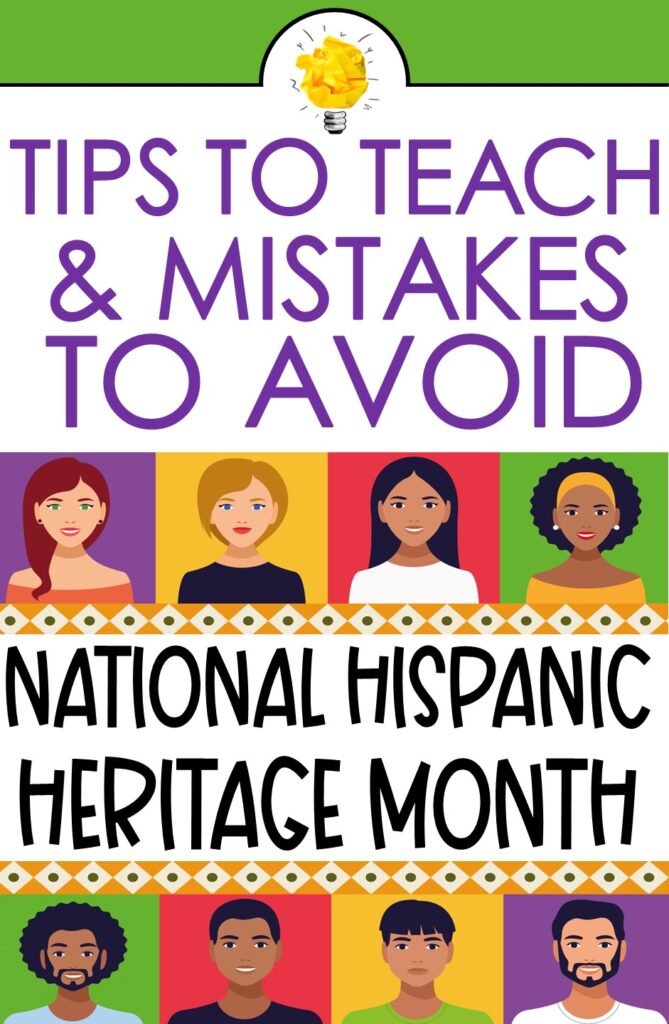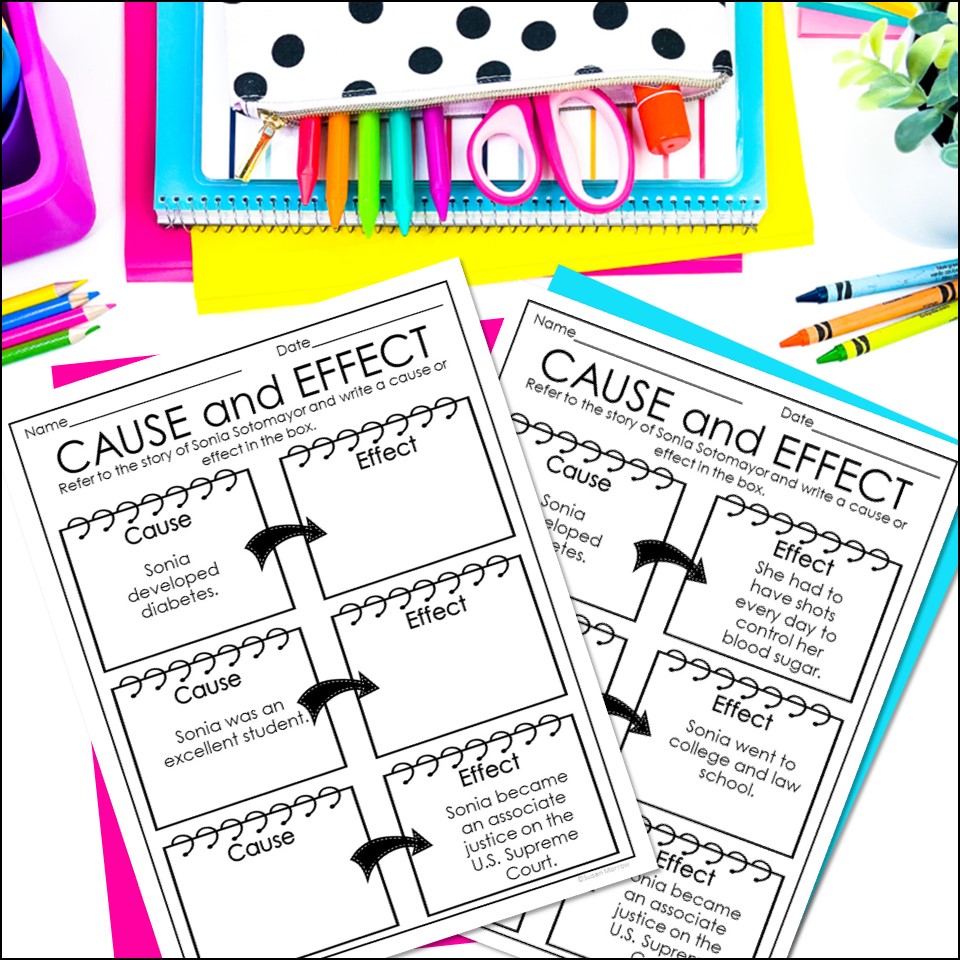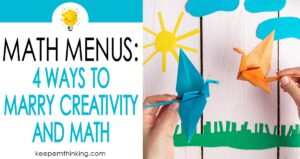National Hispanic Heritage Month is celebrated each year from September 15 to October 15. This is an excellent opportunity to introduce students to the rich tapestry of Hispanic and Latino cultures and sprinkle some color, history, and stories from these communities into our lessons. But it’s more than just adding some fun facts to our lessons. It’s about nurturing a classroom brimming with curiosity, respect, and understanding.
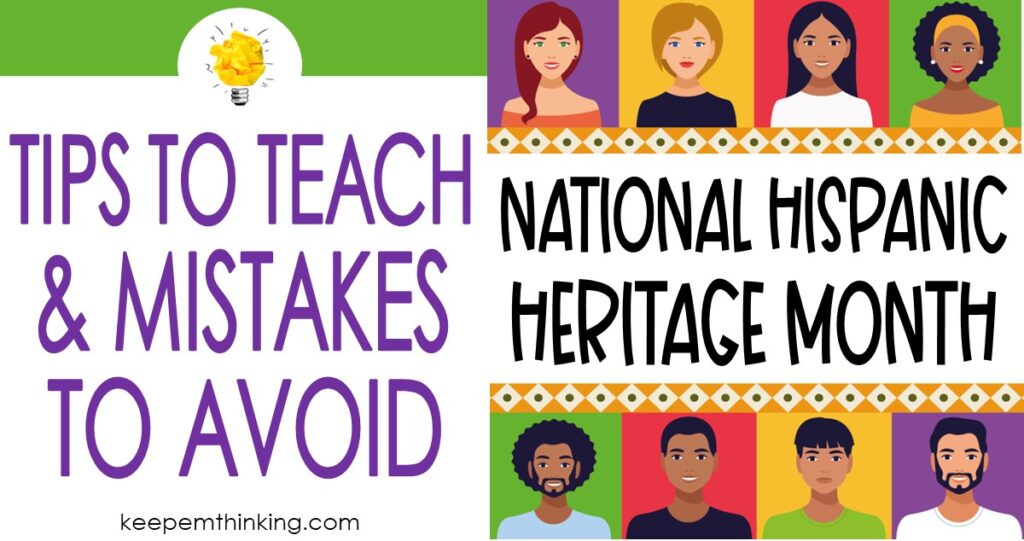

Background of National Hispanic Heritage Month:
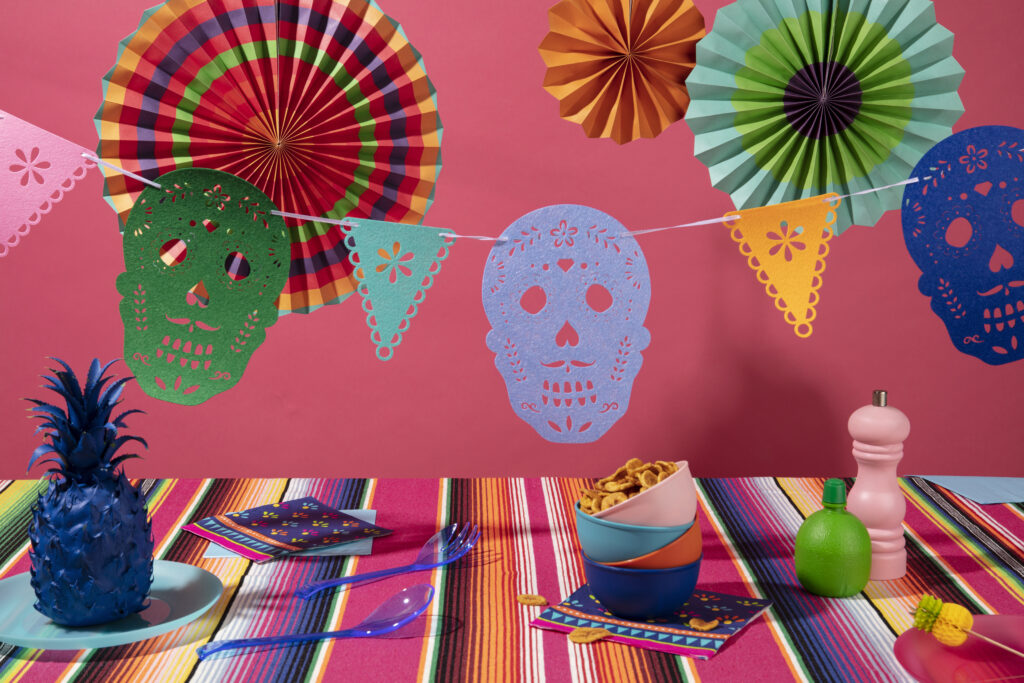
President Lyndon Johnson started Hispanic Heritage Week in 1968. It was later extended to a 30-day celebration by President Ronald Reagan in 1988, forming National Hispanic Heritage Month. And there’s a reason it starts on the 15th of September. This date is the anniversary of independence for several Latin American countries, including Costa Rica, El Salvador, Guatemala, Honduras, and Nicaragua. Mexico and Chile celebrate their independence days on the 16th and 18th of September.
So, why set aside an entire month? At its core, National Hispanic Heritage Month is a celebration of the histories, cultures, and contributions of American citizens whose ancestors hailed from Spain, Mexico, the Caribbean, and Central and South America. It’s a recognition of the integral role these cultures have played—and continue to play—in the story of America.
The tapestry of American history is rich and varied, with many cultures that have shaped the nation. We showcase the power of diversity and shared values in communities by celebrating important figures and events during this month.

The Hispanic and Latino Population Surge:

Currently, Hispanics are the largest minority group in the U.S., with the Census Bureau estimating that by 2050, one in three U.S. residents will be Hispanic. These aren’t just statistics on a page; they represent our neighbors, friends, and many of the students looking back at us from their desks.
It is important to understand that the term “Hispanic” encompasses a wide range of cultures. The unique stories and traditions of each region influence American culture.
Incorporating Hispanic heritage into our curriculum makes our teaching relevant. It ensures that as our classrooms become more diverse, our lessons reflect the backgrounds, histories, and experiences of our students.
When our students see themselves in the stories we share and the histories we explore, it fosters a sense of belonging. They feel seen. They feel valued. For students outside the Hispanic community, this nurtures understanding and camaraderie.

The Benefits of Teaching About Hispanic Culture and History

Diving into cultural celebrations and histories like National Hispanic Heritage Month isn’t just an added perk to our curriculum; it’s a fundamental tool that equips our students with values and perspectives that will serve them for a lifetime. It’s about molding a generation that values diversity, seeks understanding, and strives for unity. And as educators, isn’t that the legacy we want to leave behind?

Implementing Hispanic Heritage Lessons in the Classroom: Practical Tips
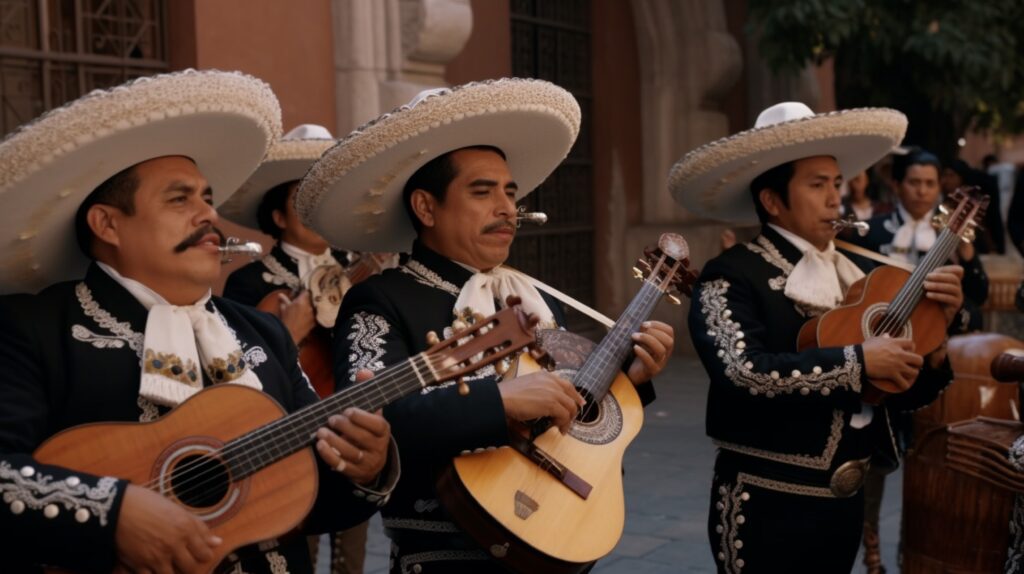
Celebrating National Hispanic Heritage Month requires more than just enthusiasm; it needs thoughtful planning and execution. Here are some actionable ways to make this month impactful in your classroom.
- Diverse Histories & Cultures: Highlight the rich tapestry of histories, cultures, and traditions from various Hispanic and Latino countries.
- Significant Figures: Teach about both historical and contemporary figures in fields like arts, science, politics, and more.
- Literature & Arts: Introduce students to Hispanic and Latino literature, music, and art to give them a deeper understanding of cultural expressions.
- Discussion on Identity: Explore topics like the differences between terms “Hispanic,” “Latino,” “Latina,” “Latine,” and “Latinx,” and how identity is multifaceted.
- Student Participation: Encourage Hispanic and Latino students to share their personal stories, traditions, or family histories if they’re comfortable.
- Discuss Current Events: Address contemporary issues faced by the Hispanic and Latino community in the U.S. and abroad.
- Collaborative Projects: Organize projects where students can collaborate to research and present on different countries, figures, or themes related to Hispanic Heritage.
- Community Involvement: Invite community members or local Hispanic and Latino experts, artists, or speakers to share their knowledge or experiences.
- Continuous Learning: Don’t limit the appreciation and education to just one month. Incorporate Hispanic and Latino studies throughout the academic year.
By weaving National Hispanic Heritage Month into the fabric of our teaching in meaningful and interactive ways, we ensure the lessons imparted resonate beyond the month and become integral to the students’ educational experience.

What to Avoid When Teaching Hispanic Heritage
- Generalization & Stereotyping: Avoid generalizing or stereotyping the diverse groups within the Hispanic community. Remember, Hispanic or Latino cultures are not monolithic; they encompass a range of traditions, histories, and experiences.
- Focusing Only on Festive Elements: While celebrations are important, don’t limit the month to only fiestas, food, and dance. This reduces rich cultures to mere entertainment.

- Mispronunciation: Avoid repeatedly mispronouncing the names of significant figures, places, or terms. If unsure, learn the correct pronunciation.
- Neglecting Indigenous & Afro-Latino Contributions: Don’t ignore the contributions and histories of Indigenous and Afro-Latino communities. Their stories are pivotal to the larger Hispanic narrative.
- Avoiding Contemporary Issues: Don’t skip over the discussion of modern-day challenges and achievements of the Hispanic and Latino community.
- Tokenism: Refrain from only spotlighting a few famous Hispanic figures while ignoring the broader context and contributions of lesser-known individuals.
- Ignoring Colonial History: Avoid glossing over the complex histories of colonization and its lasting effects on Hispanic and Latino countries.
- Making Assumptions: Don’t assume all Hispanic or Latino students know about or celebrate this month in the same way. Recognize individuality.

Moving Beyond Just a Month: The Year-Round Approach
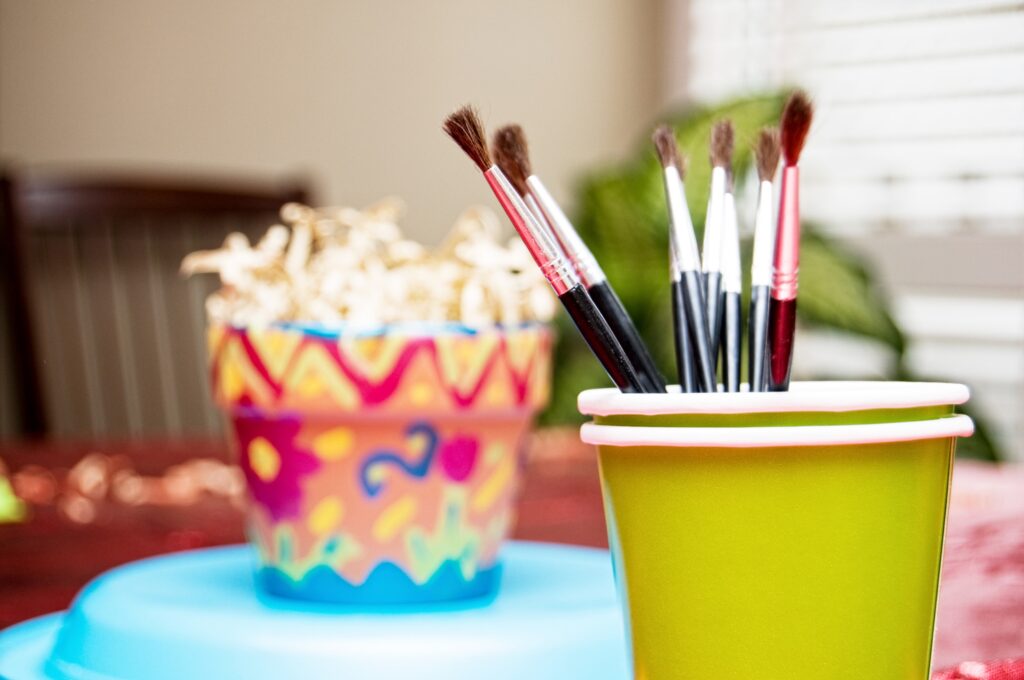
While dedicating a month to celebrating Hispanic heritage is wonderful, true appreciation and understanding thrive when these teachings are embedded throughout the entire school year. Here’s how to keep that momentum:
1. Integrate into Core Curriculum: Where possible, incorporate Hispanic contributions into the standard curriculum. For instance, when teaching about space, mention astronauts like Ellen Ochoa, the first Hispanic woman in space.
This biography bundle of 5 Famous Hispanic Leaders is a great way to showcase Hispanic leaders who have made a difference. The 5 leaders are César Chávez, Sonia Sotomayor, Dolores Huerta, Ellen Ochoa, and Roberto Clemente. Each biography contains a biography plus 11 activities.
2. Celebrate Other Cultural Months: Recognize and celebrate other heritage months and observances with the same enthusiasm, whether it’s Black History Month, Asian Pacific American Heritage Month, or Native American Heritage Month. This fosters a continuous atmosphere of cultural appreciation. Check out this post about lesser-known figures in Black History
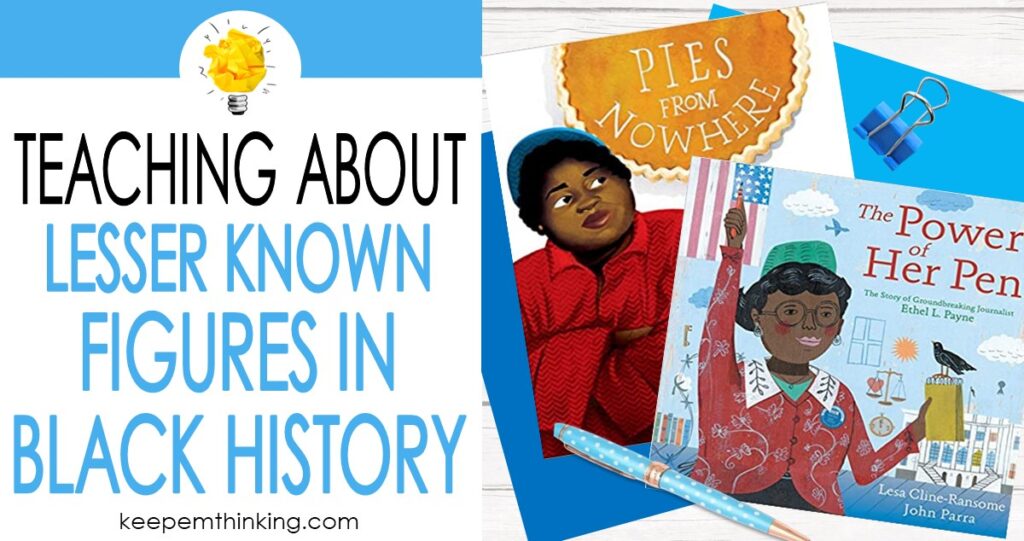
3. Regularly Update Resources: Continue to expand your resource library with diverse books, movies, and music to celebrate Hispanic Heritage. New stories and perspectives emerge all the time, and staying updated ensures relevance.

4. Encourage Student-Led Initiatives: Provide opportunities for students to spearhead cultural appreciation projects or events. Maybe they can create a Hispanic heritage bulletin board or organize a food fair featuring dishes from different cultures.
5. Cultivate Cultural Exchange: Promote pen-pal programs or virtual meet-ups with students from Hispanic countries. These exchanges can provide firsthand insights into different cultures.
6. Highlight Everyday Contributions: Instead of only focusing on high-profile figures, occasionally spotlight everyday heroes in the Hispanic community, such as local entrepreneurs, activists, or artists.
In essence, while National Hispanic Heritage Month serves as a focal point, the spirit of cultural appreciation and understanding should permeate the classroom throughout the year. After all, fostering global citizens is a continuous endeavor, not limited to a calendar month.

The Lasting Impact of Embracing Diversity
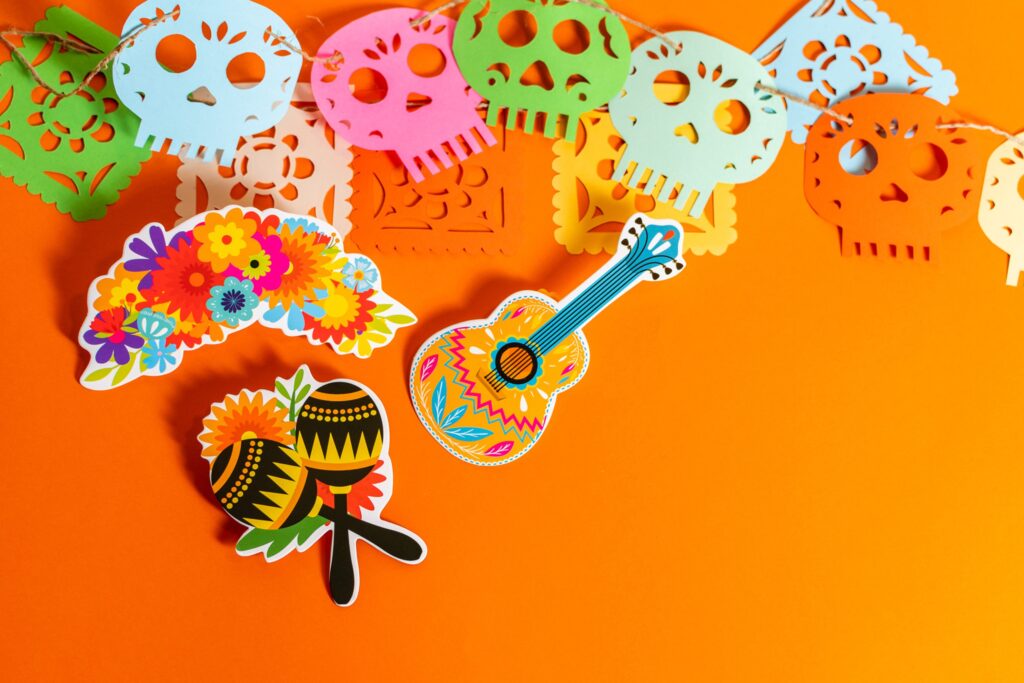
Celebrating National Hispanic Heritage Month in the classroom isn’t just about recognizing a particular group’s contributions. It’s part of a broader mission in education: cultivating a generation that understands, appreciates, and celebrates diversity.
By teaching students about various cultures and backgrounds, we’re building bridges of understanding. These bridges counteract ignorance and prejudice. The ability to understand and empathize with different cultures isn’t just a nicety; it’s a necessity. Whether in international business, travel, or even in diverse local communities, cultural awareness is a vital skill.
The aim isn’t to teach students to merely tolerate differences but to genuinely appreciate and celebrate them. When students learn about the rich tapestry of Hispanic culture and history, it sets a precedent for how they approach other cultures. By fostering a sense of inclusivity and understanding in our students, we’re equipping them to be future leaders. Leaders who will make decisions based on empathy, knowledge, and an appreciation for diverse perspectives.
What starts in the classroom doesn’t stay there. Students take these lessons home, share them with friends, and carry them into their adult lives. By embedding cultural appreciation in our curriculum, we’re setting off a ripple effect that can shape communities and, ultimately, the world.

PIN FOR LATER
